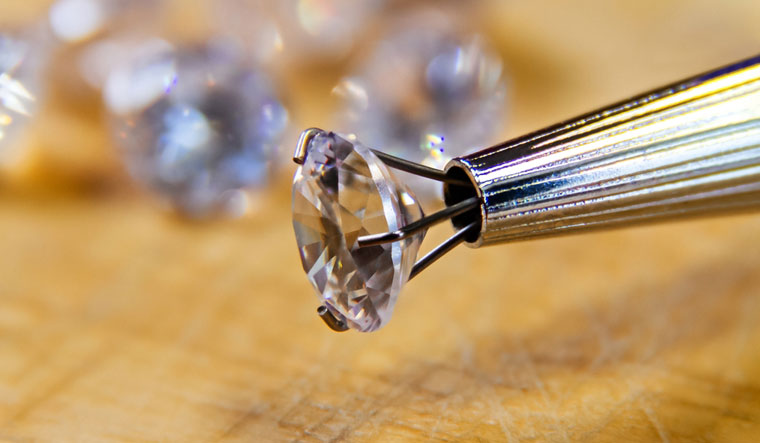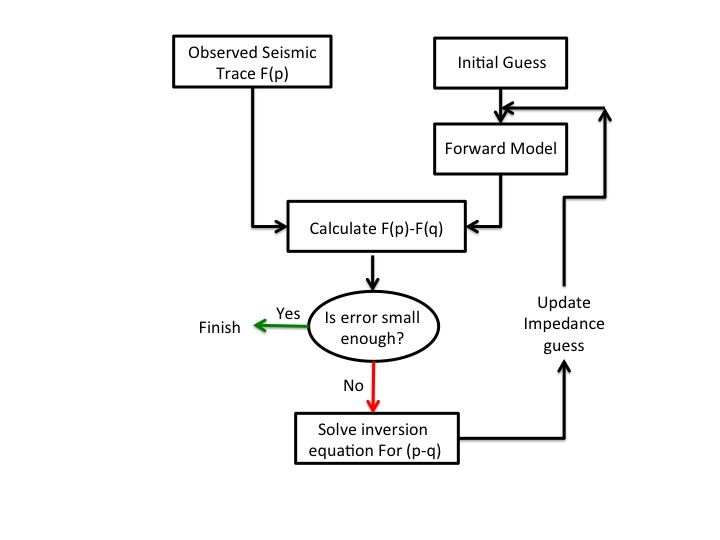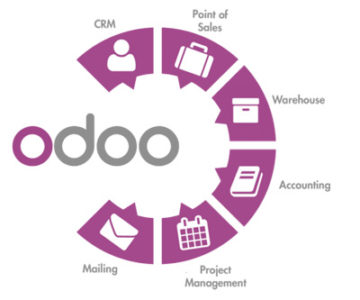In recent years, the diamond industry has witnessed a significant transformation with the emergence of lab-grown diamonds. These diamonds, cultivated in controlled laboratory environments, present a compelling alternative to traditional mined diamonds. However, the process and implications of lab-grown diamonds remain shrouded in mystery for many. In this article, we delve deep into the insider story of lab-grown diamonds, exploring their creation, characteristics, ethical considerations, market impact, and future prospects.
1. The Genesis of Lab-Grown Diamonds
Insider story of lab grown diamonds better, also known as synthetic or cultured diamonds, are created through advanced technological processes that replicate the natural conditions in which diamonds form beneath the Earth’s surface. Unlike mined diamonds, which require extensive mining operations, lab-grown diamonds are cultivated in specialized laboratories using cutting-edge techniques such as Chemical Vapor Deposition (CVD) and High Pressure-High Temperature (HPHT) methods.
Understanding the Manufacturing Process
The manufacturing process of lab-grown diamonds begins with a tiny diamond seed, either natural or synthetic, placed in a controlled environment chamber. Carbon atoms are then deposited onto the seed, layer by layer, using either CVD or HPHT methods. Over time, these carbon atoms crystallize, forming a diamond structure identical to that of natural diamonds.
Quality Control Measures
One of the key advantages of lab-grown diamonds is the ability to control their quality and characteristics with precision. Through meticulous monitoring and adjustments during the growth process, manufacturers can produce diamonds with consistent clarity, color, and carat weight, meeting the highest standards of quality and certification.
2. Characteristics of Lab-Grown Diamonds
Lab-grown diamonds possess the same physical, chemical, and optical properties as natural diamonds, making them indistinguishable to the naked eye. From brilliance to hardness, lab diamonds exhibit all the hallmark traits that have made diamonds a symbol of enduring beauty and luxury.
Environmental Impact
Unlike traditional diamond mining, which often involves significant environmental disruption and carbon emissions, the production of lab-grown diamonds is more sustainable and eco-friendly. By eliminating the need for mining, lab-grown diamonds help reduce habitat destruction, water pollution, and carbon footprint associated with diamond extraction.
Ethical Considerations
In addition to environmental benefits, lab-grown diamonds also address ethical concerns prevalent in the diamond industry, such as human rights abuses and conflict financing. By opting for lab-grown diamonds, consumers can ensure that their purchase aligns with their values of social responsibility and ethical sourcing.
3. Market Dynamics and Consumer Trends
The growing awareness of sustainability and ethical consumption has fueled the demand for lab-grown diamonds in the global market. As consumers become more discerning about the origins of their luxury goods, lab-grown diamonds have emerged as a preferred choice for those seeking ethically sourced and environmentally conscious alternatives.
Shifting Perspectives
With renowned jewelry brands embracing lab-grown diamonds and incorporating them into their collections, the perception of lab-grown diamonds has evolved from novelty to mainstream acceptance. Today, consumers view lab-grown diamonds not as mere substitutes, but as genuine symbols of elegance and sophistication.
Market Expansion
The market for lab-grown diamonds continues to expand rapidly, driven by factors such as technological advancements, increasing consumer awareness, and shifting preferences among younger demographics. From engagement rings to fashion accessories, lab-grown diamonds are making their mark across various segments of the jewelry industry.
4. The Future of Lab-Grown Diamonds
As technology advances and production costs decline, the future of lab-grown diamonds appears promising. Innovations in diamond synthesis techniques, coupled with growing consumer demand for sustainable luxury, are poised to propel the adoption of lab-grown diamonds to new heights in the years to come.
Innovations and Advancements
Researchers and scientists are constantly pushing the boundaries of diamond synthesis technology, exploring new methods to enhance the efficiency and scalability of lab-grown diamond production. From breakthroughs in material science to advancements in manufacturing processes, the quest for innovation drives the evolution of lab-grown diamonds.
Market Disruption and Evolution
The rise of lab-grown diamonds represents not only a technological revolution but also a paradigm shift in the diamond industry. As lab-grown diamonds continue to gain traction in the market, they are reshaping traditional business models and challenging the dominance of mined diamonds, paving the way for a more sustainable and ethical future.
5. Conclusion: Embracing the Future of Diamonds
In conclusion, the insider story of lab-grown diamonds unveils a fascinating narrative of innovation, sustainability, and ethical stewardship. From their inception in the laboratory to their ascent in the global market, lab-grown diamonds exemplify the transformative power of technology and human ingenuity. As consumers increasingly seek meaningful connections with the products they purchase, lab-grown diamonds offer a compelling choice that combines beauty, conscience, and craftsmanship. By embracing the future of diamonds, we not only adorn ourselves with brilliance but also contribute to a more sustainable and equitable world.
In the ever-evolving landscape of luxury and sustainability, lab-grown diamonds shine bright as beacons of progress and possibility. As we embark on this journey towards a more ethical and environmentally conscious future, let us celebrate the beauty of innovation and the promise of a brighter tomorrow.

![[pii_email_8079047078567379049d] Awards: 10 Reasons Why They Don’t Work & What You Can Do About It [pii_email_8079047078567379049d] Awards: 10 Reasons Why They Don’t Work & What You Can Do About It](https://i.ibb.co/dfgvTg1/pii-email-be5f33dbc1906d2b5336.png)









